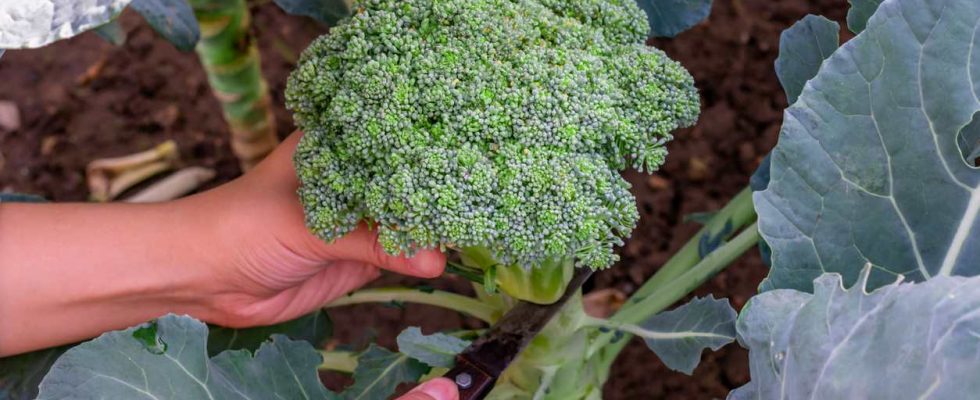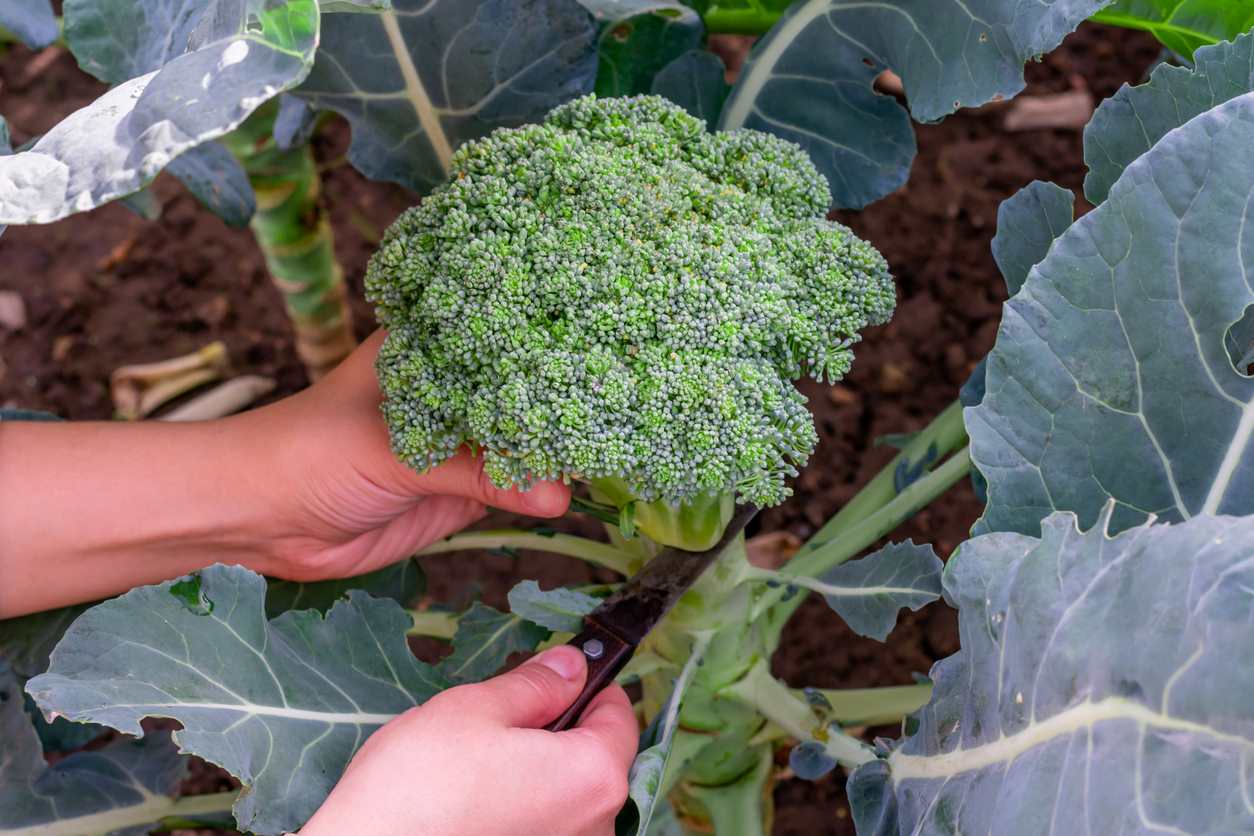
Chewed up

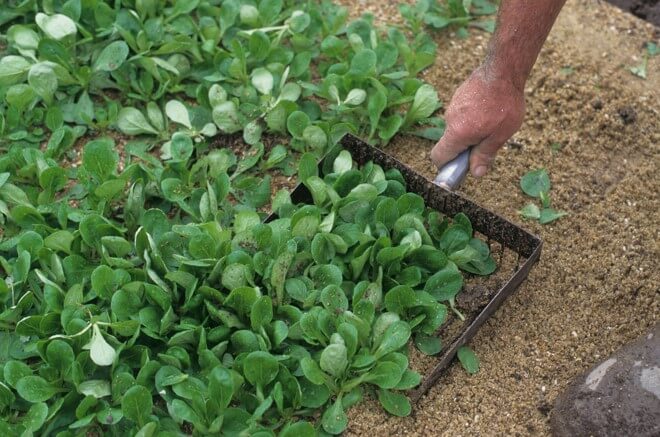
Depending on the varieties, it is possible to harvest lamb’s lettuce throughout the winter. If the temperatures drop too low, simply cover them with a protective veil.
If you decide to sow some, know that you will be able to harvest them two to four months later. To do this, simply cut the rosettes above the crown to allow new small rosettes to form. After harvest, they can be kept for 2 or 3 days in the vegetable drawer of your refrigerator.
Red chicory
Some varieties, like chicory with large red leaves from Verona, are considered late and can be harvested until March of the following year. They resist the cold well, but it is possible to use protection in case of risk of intense frost. Once harvested one by one, the leaves can be kept in a cool place for a few days.
Winter cauliflower

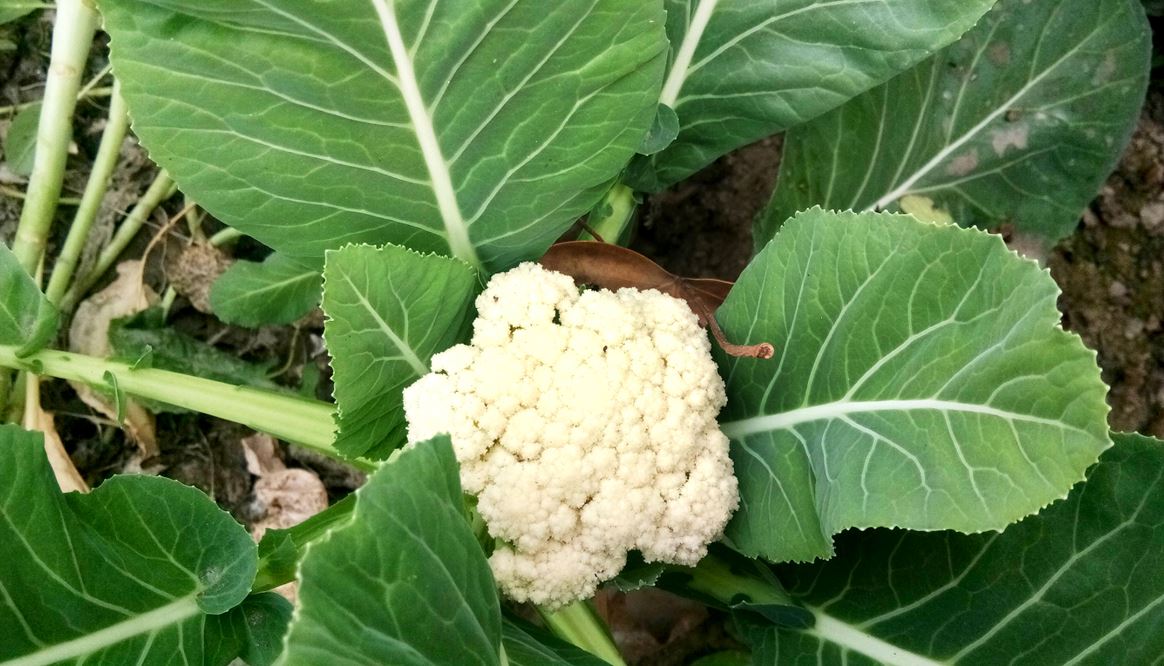
From the month of March, the cauliflowers begin to bear beautiful white heads. It is important to harvest cauliflowers as soon as they are sufficiently developed to prevent the apples from turning yellow and opening.
Unfortunately, all your cauliflowers will mature at the same time and as it is not possible to spread out their harvest, you may end up with more cauliflower than you need right away. The solution to this problem lies in freezing.
Brussels sprouts
You have probably started harvesting your Brussels sprouts. In March, you will therefore be able to continue harvesting them. To do this, always start with the bottom sprouts, you can collect the apples that have formed at the top of the plant later. As the Brussels sprout harvest draws to a close, you can cut the top leaves which can also be eaten.
Kale
Kale, which makes its triumphant return to the vegetable garden, can be harvested until March. Which explains the return of this ancient vegetableis that its jagged and crunchy leaves constitute a food with multiple benefits, because they are rich in vitamins, antioxidants, etc..
It is advisable to harvest this type of cabbage as and when needed. by pulling the leaves downwards sharply, then consume them quickly. Kale can be frozen, but will need to be blanched first. Otherwise, you can can it or use the lacto-fermentation technique to preserve it.
Broccoli

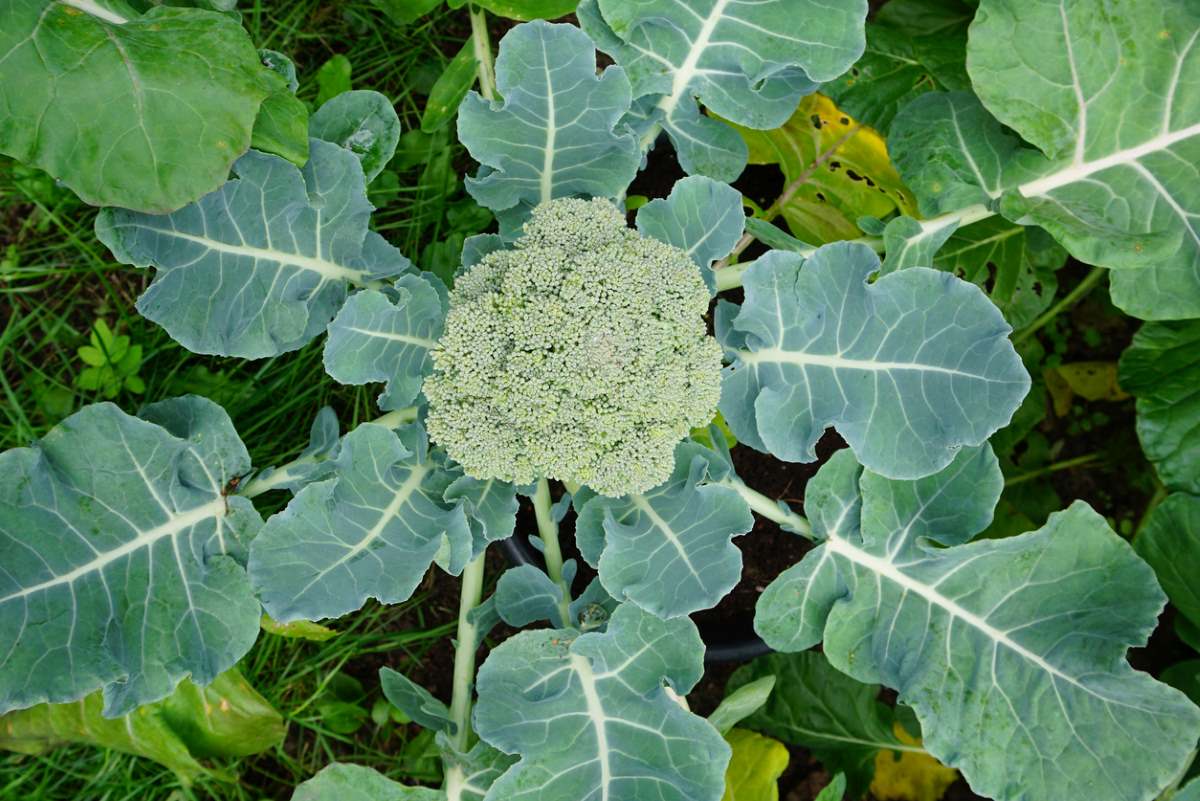
As soon as the shoots, that is to say the apples, of broccoli are well formed and compact, it is necessary to harvest them, because as with cauliflower, if you wait too long, the flowers will open . To harvest, simply cut 5 cm below the head, this encourages the appearance of new shoots. You can then store the jets for a few days in your refrigerator.
Leek

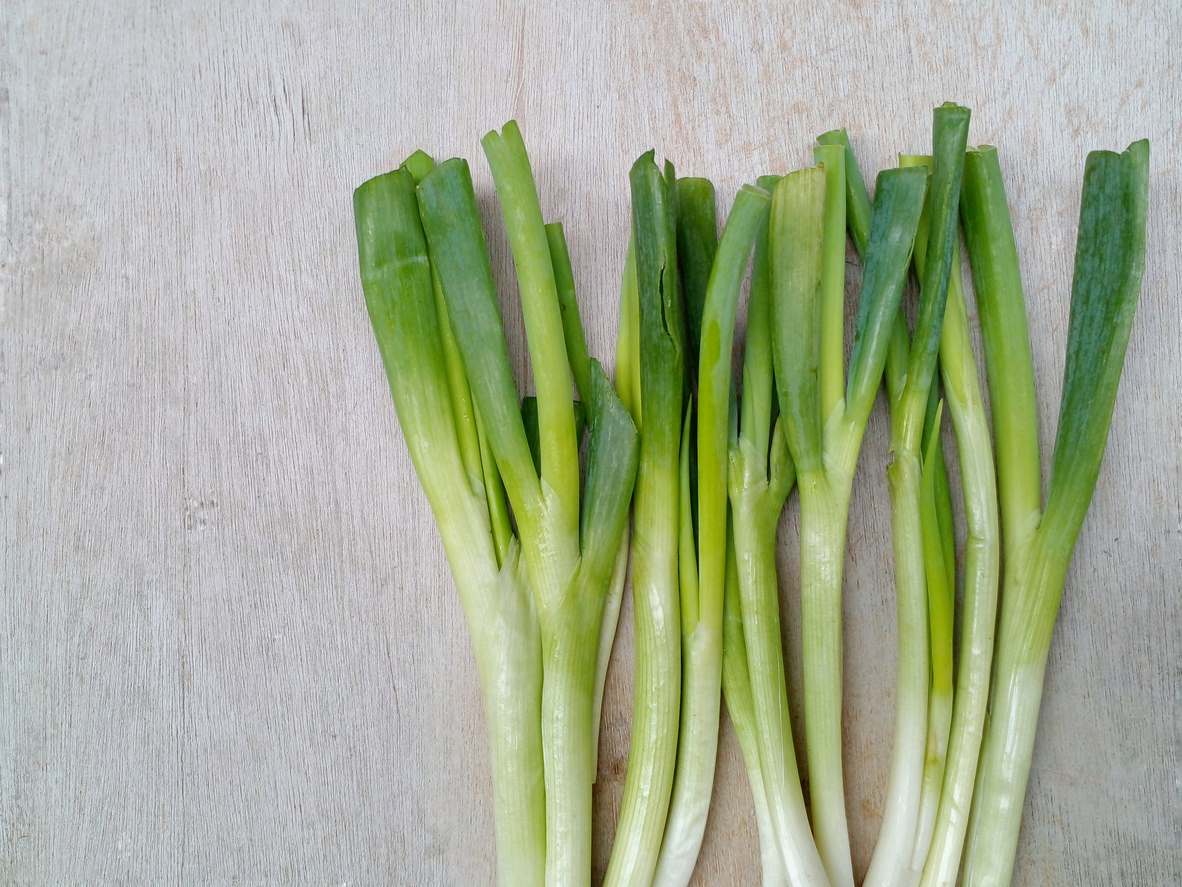
Leeks can be harvested during the month of March depending on when you planted them. To do this, simply lift the plant with the spade fork to extract it from the earth. After harvest, you can store them for a few days in the vegetable drawer of your refrigerator or for several weeks in the cellar.
Swiss chard
Chard is another ancient vegetable that you can grow in your vegetable garden during the winter if you live in a region with a mild climate.
As soon as the plant has developed 6 or 7 beautiful leaves, you can harvest them by breaking them one by one at the base. If you are careful not to cut off the entire plant, you will have the pleasure of seeing new leaves appear. Chard is a vegetable that is easily grown and which can be treated as a perpetual vegetable.
Jerusalem artichoke
Jerusalem artichoke tubers can be left in the ground throughout the winter. If the winter is harsh, simply protect the soil with mulch. To harvest them, you can simply cut the flower stems or leaves, or pull out the tubers.
To do this, you will need to lift the tubers using a fork before extracting them from the earth. Once dug up, Jerusalem artichokes do not keep well, so it is recommended to harvest them as and when needed.
Spinach


To harvest spinach, it is important to leave the core of each plant and only cut the leaves using a knife. This technique promotes the appearance of new shoots. Here again, choose to harvest as and when you need it.
Salsify
In March, there may still be some salsify to harvest, ones you may not have been able to extract from the frozen ground. In March, the temperatures are a little milder, so it may be a good time to remove them from the ground.
Again, just use a garden fork to get vegetables out of the ground and it is better to harvest them as you need them. Otherwise, you can also keep them in place, in a cold room or in damp sand in a cellar for several months.
Rhubarb


Depending on the weather, you can enjoy the first stalks of rhubarb. To do this, your plants must be sufficiently developed, that is to say, at least two years old. When harvesting them, don’t cut them, just take a stem at the base and pull it.

